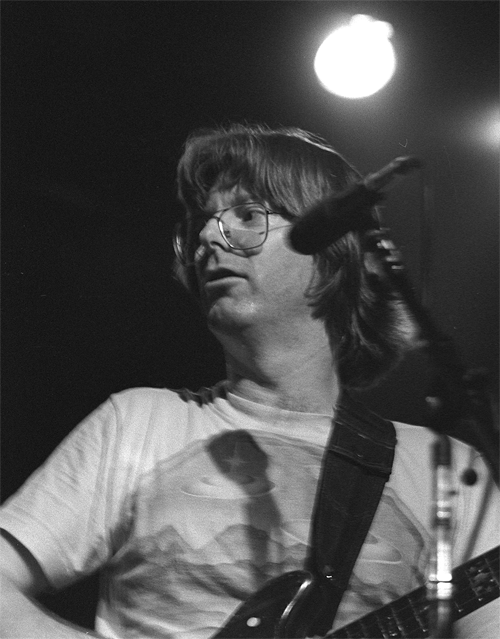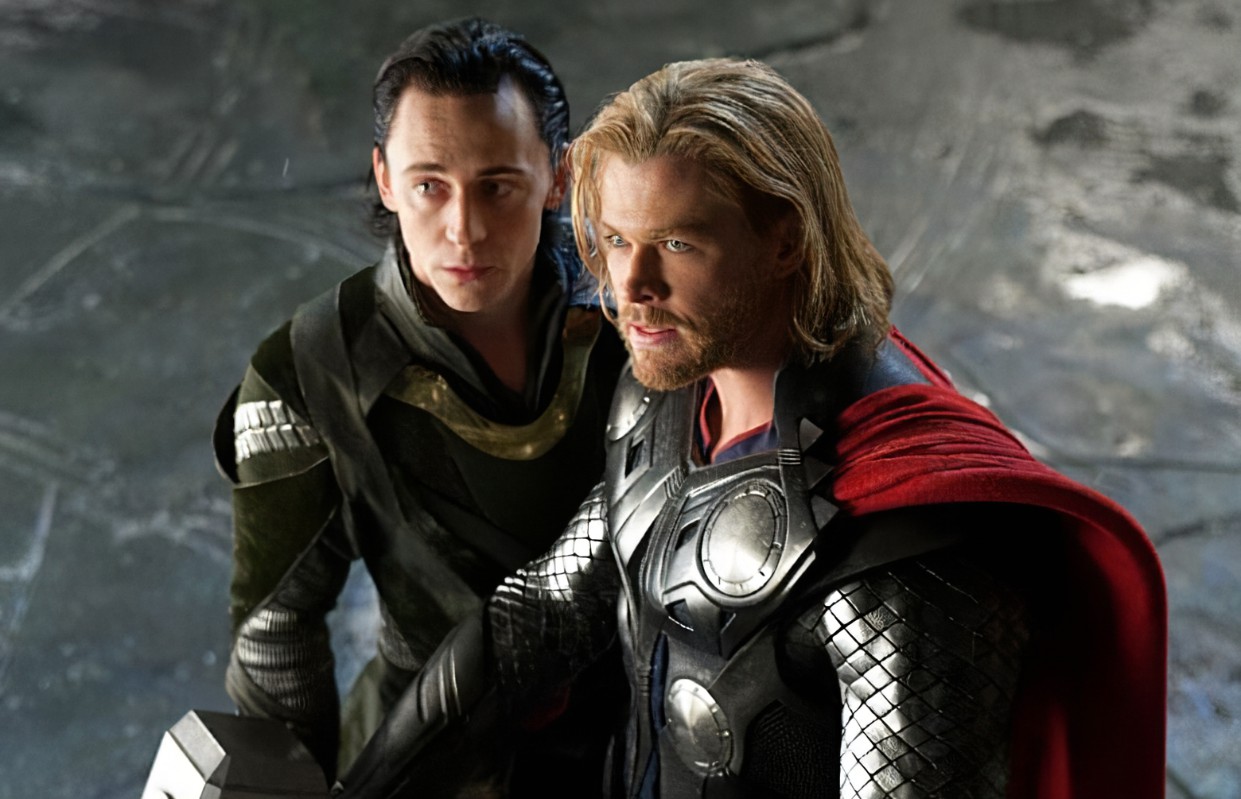The passing of Phil Lesh at 84 marks not just the end of a remarkable life, but a poignant moment to reflect on the monumental legacy of a true musical architect. As a co-founder and bassist of The Grateful Dead, Lesh wasn’t merely a musician; he was a sonic explorer, a cultural touchstone, and an integral voice in shaping the sound that would define a generation. His improvisational genius and profound understanding of music pushed boundaries, creating a unique tapestry of rock, folk, and jazz that continues to resonate with millions worldwide.
Lesh’s journey from classical training to the heart of psychedelic rock embodies the adventurous spirit of the counterculture itself. His bass wasn’t just a rhythmic anchor; it was a lead instrument, a conversational partner in the band’s expansive jams, and a crucial component of what many consider one of the most influential bands in American history. As we delve into the multifaceted career of Phil Lesh, we uncover the stories, the sounds, and the profound impact he had on music, his bandmates, and the legions of devoted fans known as “Deadheads.”
This first part of our retrospective illuminates the foundational chapters of Phil Lesh’s extraordinary life in music, from the band’s audacious beginnings to the revolutionary sound he helped to forge. We will trace his evolution from a classically trained musician to a bass virtuoso, explore his pivotal role in the Grateful Dead’s iconic sound, delve into his significant songwriting contributions, examine his dynamic interplay with Jerry Garcia, and celebrate the unique live phenomenon that cultivated one of music’s most dedicated fanbases.

1. **The Genesis of a Legend: Co-founding The Grateful Dead**The origin story of The Grateful Dead is intrinsically linked with Phil Lesh’s initial encounter and subsequent musical rapport with Jerry Garcia. Lesh, born in Berkeley, California, in 1940, initially pursued classical violin and trumpet, even trying his hand at composing. His path took a fateful turn when he met Garcia at a house party in 1959, an encounter he later described in his 2005 memoir as being led to “as if by an unseen hand.” This serendipitous meeting laid the groundwork for one of music history’s most enduring collaborations.
Their paths crossed again in 1964 when Lesh attended a performance by Garcia’s band, The Warlocks. It was after this show that Garcia, recognizing Lesh’s latent musical potential despite his lack of bass experience, extended an invitation: “Didn’t you used to play violin?” Lesh affirmed, and Garcia’s response, “There you go, man,” sealed the deal. This moment marked Lesh’s transition to the bass guitar, an instrument he had never played before, fundamentally altering the trajectory of his career and the future of American music.
In 1965, Lesh performed with The Warlocks for the first time, a pivotal year that also saw the band acquire its iconic new identity: Grateful Dead. It was at Lesh’s home that the decision was made to change the name from The Warlocks, signaling a fresh start for a group poised to blend R&B, country, and rock ‘n’ roll with an unprecedented experimental fervor. Their inaugural gig as the Grateful Dead took place at Frenchy’s Bikini-A-Go-Go in Hayward, California, for an audience of just three, a humble beginning for a band destined for monumental cultural impact. Lesh’s early vision for the band, initially met with amusement by his bandmates, was profound: he recalled saying, “‘You know, this could be art!'” a statement encapsulating their audacious creative drive.

2. **A Unique Musical Journey: From Classical Roots to Bass Virtuoso**Phil Lesh’s musical foundation was remarkably diverse, setting him apart from many of his rock contemporaries. His early years were shaped by a rigorous classical education, beginning with the violin before he transitioned to the trumpet. These formative experiences in classical music and composition, particularly his exposure to German electronic music pioneer Karlheinz Stockhausen and American minimal music proponent Steve Reich, instilled in him a unique harmonic and structural sensibility that would profoundly influence his later work.
When Jerry Garcia invited Lesh to join The Warlocks as a bassist, it presented an unexpected challenge. Lesh had no prior experience with the electric bass guitar, yet his deep understanding of music theory and improvisation, honed through his classical and jazz studies, allowed for a rapid and unconventional adaptation. He learned the instrument not by adhering to traditional bass lines, but by applying a composer’s ear and an improviser’s freedom, treating the bass as a melodic and textural voice rather than just a rhythmic backbone.
This unconventional approach was also deeply influenced by jazz, a genre Lesh championed within the nascent Grateful Dead. He turned the band, and particularly Bob Weir, onto the music of John Coltrane early in their formation. Weir later reflected, “I developed an approach to guitar playing based off of it. This happened because Phil turned me on to the Coltrane Quartet.” This cross-pollination of genres — classical, jazz, folk, and rock — became a hallmark of the Grateful Dead’s sound, largely thanks to Lesh’s expansive musical palate and his role in guiding the band’s experimental direction.
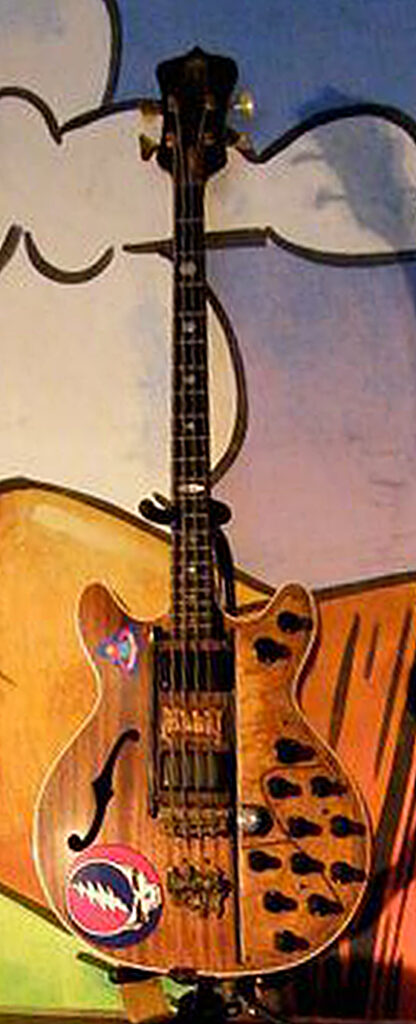
3. **The Architect of Sound: Lesh’s Revolutionary Bass Style**Phil Lesh was not merely a bass player; he was a revolutionary figure who redefined the instrument’s role in rock music. His distinctive style played a crucial role in shaping the Grateful Dead’s iconic sound and gravitas. Unlike many bassists who provided a foundational rhythm, Lesh approached the bass as a lead instrument, engaging in an intricate, contrapuntal dance with the guitars and drums that became a signature of the band’s live performances.
His improvisational prowess, honed by his jazz background, was legendary. Jerry Garcia once remarked, “When Phil’s happening, the band’s happening,” a testament to Lesh’s centrality in the band’s dynamic. He would weave complex, winding bass lines that blended seamlessly with the melodies of lead guitarist Jerry Garcia and other bandmates, creating an expansive sonic landscape that was both unpredictable and deeply compelling. This “Phil Zone” was where the world felt like it was “being born” in one note, a testament to his exploratory spirit.
Bob Dylan, a connoisseur of musical invention, eloquently praised Lesh in his 2022 book, “The Philosophy of Modern Song,” stating, “Lesh is one of the most skilled bassists you’ll ever hear in subtlety and invention.” This recognition from such a revered artist underscores the profound impact Lesh had on musical peers and critics alike. He used a pick to find sounds that often overlapped with the low end of a guitar’s spectrum, further blurring traditional instrumental roles and pushing the boundaries of what a bass guitar could achieve in a rock ensemble. His tone was both beautiful and unprecedented, marking him as a true musical pioneer.

4. **Crafting the Counterculture Soundtrack: The Grateful Dead’s Enduring Influence**The Grateful Dead, with Phil Lesh as its bass anchor and guiding experimental spirit, crafted a sound that transcended genre and became the quintessential soundtrack for the countercultural generation of the sixties. Their distinctive “trippy blend of rock, folk, and jazz” was arguably one of the most influential bands in American history. They didn’t just play music; they created a sonic world that mirrored the era’s yearning for freedom, exploration, and community.
This unique fusion, driven by Lesh’s advocacy for modern classical music textures and developments, was “all new to peoples’ ears.” Bob Weir recalled how Igor Stravinsky’s work, though not new to him, became an ongoing topic of discussion and inspiration for Lesh and himself, influencing their efforts to incorporate such complexities into their offerings. This intellectual curiosity and willingness to experiment transformed their performances into something more than just concerts; they were collective experiences, often described as “art” by Lesh himself.
The band’s commitment to improvisation and expansive, long-form rock defined American psychedelia. Their performances were less about replicating studio recordings and more about spontaneous creation, a philosophy that deeply resonated with their audience. This adventurous spirit, intertwined with the communal gatherings of the LSD-fueled “Acid Test” parties they joined early on with Ken Kesey, as documented by Tom Wolfe, cemented their place at the forefront of a cultural revolution, forever linking their music to the spirit of exploration and boundary-pushing.
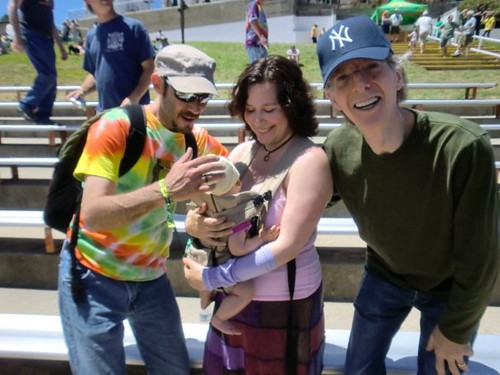
5. **Voice of the Dead: Phil’s Iconic Contributions to Songwriting**While often celebrated for his instrumental prowess, Phil Lesh also made significant lyrical and vocal contributions to The Grateful Dead’s extensive catalog, enriching its emotional depth. He was best known for the song “Unbroken Chain,” a track that powerfully articulated the band’s unique and profound connection with its audience, embodying the symbiotic relationship between performers and “Deadheads” that defined their concerts. This song became a touchstone for understanding the intricate bonds within the Grateful Dead universe.
Another profoundly personal and enduring piece from Lesh’s pen and voice is “Box of Rain.” He sang this wistful, moving song, which he co-wrote with lyricist Robert Hunter, during a deeply challenging period in his life – while his father was dying. The raw emotion embedded in its lyrics and melody made it an instant classic, resonating with fans for its universal themes of loss, acceptance, and the cyclical nature of life. It’s a testament to his ability to translate profound personal experience into universally relatable art.
The enduring power of “Box of Rain” was evident even in the immediate aftermath of Lesh’s passing. Phish, a band profoundly influenced by the Grateful Dead, opened their concert in Albany, New York, by playing the song, honoring Lesh’s legacy and its deep emotional resonance. This tribute highlighted how Lesh’s songwriting, though perhaps less prolific than some of his bandmates, carried immense weight and left an indelible mark on the Grateful Dead’s discography and subsequent generations of musicians.
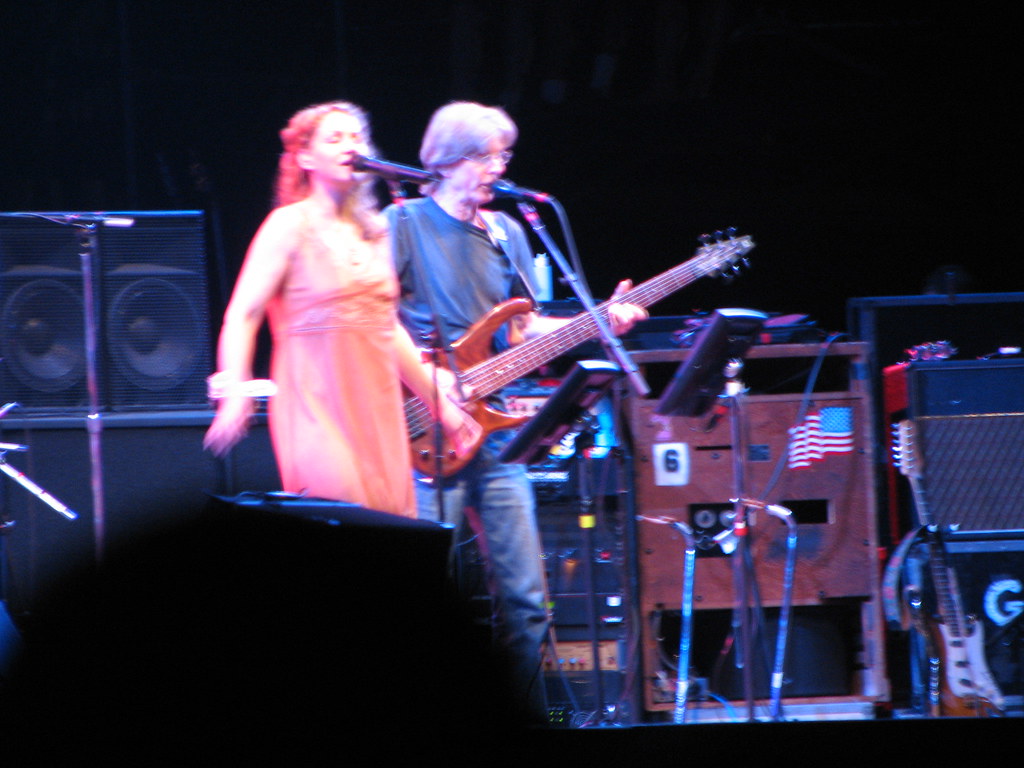
6. **The Bonds of the Band: Collaborations and Dynamics with Jerry Garcia**The musical partnership between Phil Lesh and Jerry Garcia was the foundational bedrock upon which The Grateful Dead’s legendary sound was built. Lesh met Garcia in 1959, and their connection deepened in 1964, leading to Lesh joining Garcia’s band, The Warlocks. This initial spark ignited a collaborative flame that would burn for three decades, shaping the improvisational core of one of America’s most iconic rock groups. Their interplay was crucial, with Lesh’s improvisational skills perfectly complementing Garcia’s melodies.
Garcia himself recognized Lesh’s vital role, famously stating, “When Phil’s happening, the band’s happening.” This wasn’t merely a compliment but an acknowledgment of Lesh’s profound influence on the band’s sonic direction and live energy. The bass lines from Lesh were not just rhythm; they were an additional melodic voice, intertwining with Garcia’s guitar to create the expansive, often meandering, and always captivating sound that defined the Grateful Dead. Their dynamic was a true partnership, where each musician elevated the other.
The gravity of Garcia’s presence and role within the band was underscored by Lesh’s own reflection after Garcia’s death in 1995. Lesh told Rolling Stone, “Jerry was the hub. We were the spokes. And the music was the tread on the wheel.” This powerful metaphor illustrates the symbiotic relationship they shared, with Garcia providing the central driving force while Lesh and the others radiated outward, contributing to the band’s collective movement. Their collaboration was a cornerstone of the Grateful Dead’s unique artistic vision and their lasting appeal.
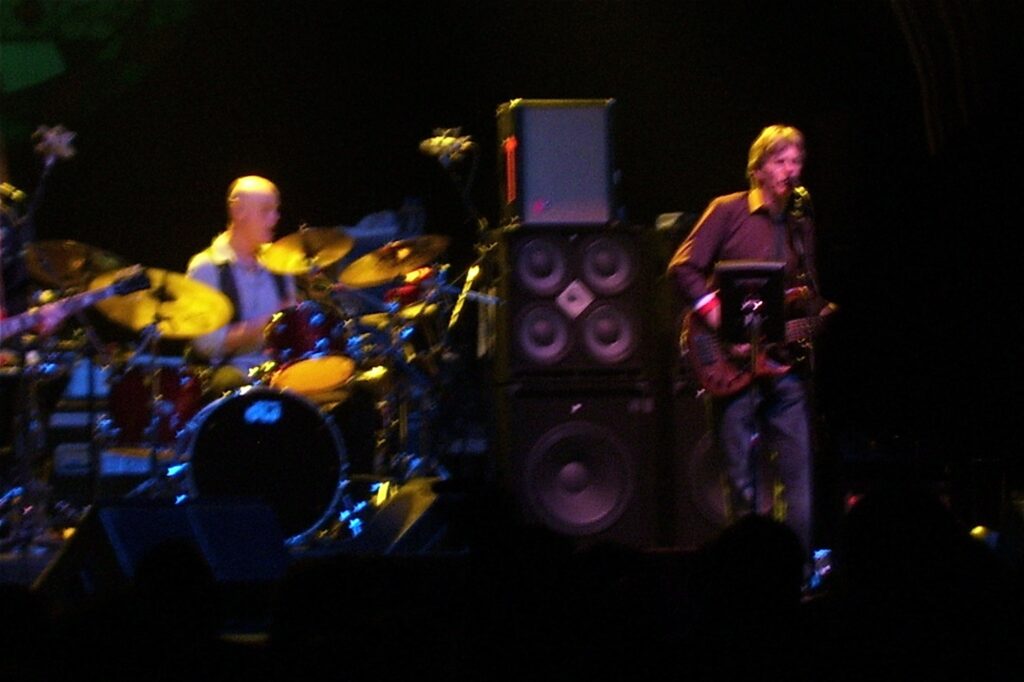
7. **Beyond the Studio: The Live Phenomenon and “Deadhead” Culture**The Grateful Dead’s true essence was experienced not through their studio albums, but in the vibrant, communal ritual of their live performances. For three decades, the band toured relentlessly, cultivating a devoted fanbase unlike any other in music history: the “Deadheads.” These loyal fans would famously follow the band from city to city across the US, flocking to packed-out concerts, creating a nomadic community bound by a shared passion for the band’s improvisational magic.
What truly set the Grateful Dead apart, and fostered this unparalleled connection with their audience, was their revolutionary and generous approach to live recordings. The band “always made it easy for its fans to record its concerts and distribute tapes to their peers around the world.” This radical policy, unheard of for its time, empowered fans to become active participants in the band’s legacy, creating a vast archive of live music and cementing a deep, personal bond between the artists and their followers.
Phil Lesh himself articulated the unique dynamic of these live shows, writing in his introduction to the book “Playing in the Band,” “When the Grateful Dead is happening, it happens to everyone in attendance, band and audience. So in a sense, we’re all playing in the band.” This statement captures the spirit of collective participation and shared experience that defined the “Deadhead” culture. It underscored Lesh’s belief that the Grateful Dead was “more than music,” serving as a metaphor for humanity, a collective endeavor where everyone had a role to play.
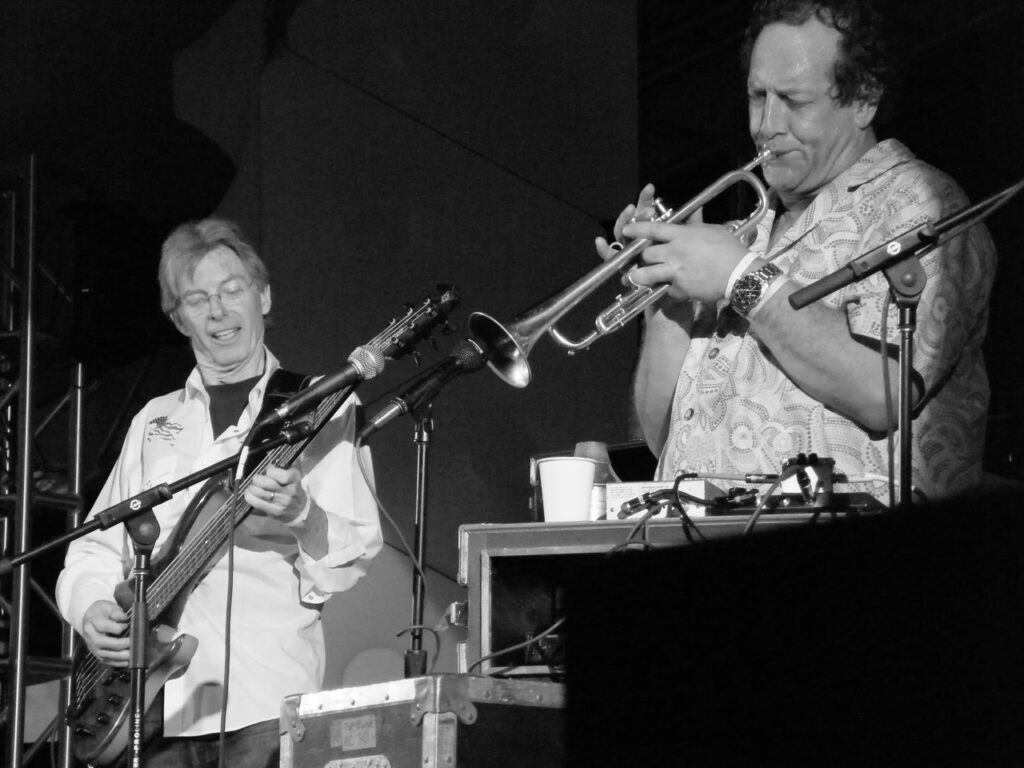
8. **Keeping the Flame Alive: Post-Garcia Projects and Continuing the Legacy**Following the profound loss of Jerry Garcia in 1995, an event that led to the Grateful Dead officially retiring its iconic name, Phil Lesh emerged as a vital steward of the band’s enduring spirit. He dedicated himself to ensuring the flame of the Grateful Dead’s unique musical legacy continued to burn brightly, extending its reach to new generations of fans. Lesh’s commitment wasn’t just about revisiting old glories, but about continuing the adventurous, improvisational ethos that defined the band.
Lesh was instrumental in forming various iterations of the band alongside his surviving former band members, including revered ensembles like “Further” and “The Dead.” These projects were more than just reunion tours; they were active explorations of the Grateful Dead’s vast catalog, always infused with the spontaneity and collaborative energy that was Lesh’s hallmark. He embraced the improvisational philosophy, understanding that the music was a living, breathing entity that evolved with each performance.
Beyond these direct continuations, Lesh also helmed his highly successful project, “Phil Lesh and Friends,” an ever-evolving collective that saw him collaborate with a diverse host of rock stars from across generations. This platform allowed him to continually reinterpret and expand upon the Grateful Dead’s songbook, fostering new musical dialogues. His performances often took on legendary status, such as his final concerts in the New York area at the Capital Theater in Portchester, N.Y., where a five-night run culminated in his 100th show at the historic venue since its reopening in 2012. He was, in the words of *Rolling Stone*, “an active keeper of its live flame,” often playing shows in the Bay Area right up until his passing.
Lesh’s dedication to music never wavered, as he continued to perform well into his 80s, frequently joined on stage by his sons, Grahame and Brian Lesh. This familial collaboration underscored a deep personal connection to the music, transforming each performance into a multi-generational tribute to the Grateful Dead’s timeless sound. His post-Garcia efforts were a testament to his belief in the music’s enduring power and his role in guiding countless musicians into the backbone of its beat.

9. **A Life of Resilience: Navigating Health Challenges and Advocacy**Phil Lesh’s life, much like the winding improvisations of his bass lines, was marked by remarkable resilience in the face of significant personal challenges. While the specific cause of his death remains undisclosed, his journey was openly punctuated by a series of serious health issues that he confronted with a steadfast spirit. These battles, far from diminishing his commitment to music, often fueled his advocacy for important causes.
In 2015, Lesh publicly announced he was undergoing treatment for bladder cancer in the United States, a revelation that brought renewed attention to his ongoing health struggles. This came almost a decade after he had successfully undergone surgery for prostate cancer, making a full recovery in 2006. Each recovery was met with the same unwavering determination that characterized his musical career, allowing him to return to the stage and continue performing for his devoted fans.
Perhaps his most significant health battle occurred in 1998, when he underwent a life-saving liver transplant. This procedure was necessitated by a hepatitis C infection and years of heavy drinking, a period he candidly addressed in his memoir. The experience profoundly transformed Lesh, turning him into a passionate and vocal advocate for organ donation, using his public platform to encourage others to consider this life-giving act. His personal journey through illness and recovery became another facet of his impactful legacy, showcasing a man who embraced life’s complexities with grace and courage.
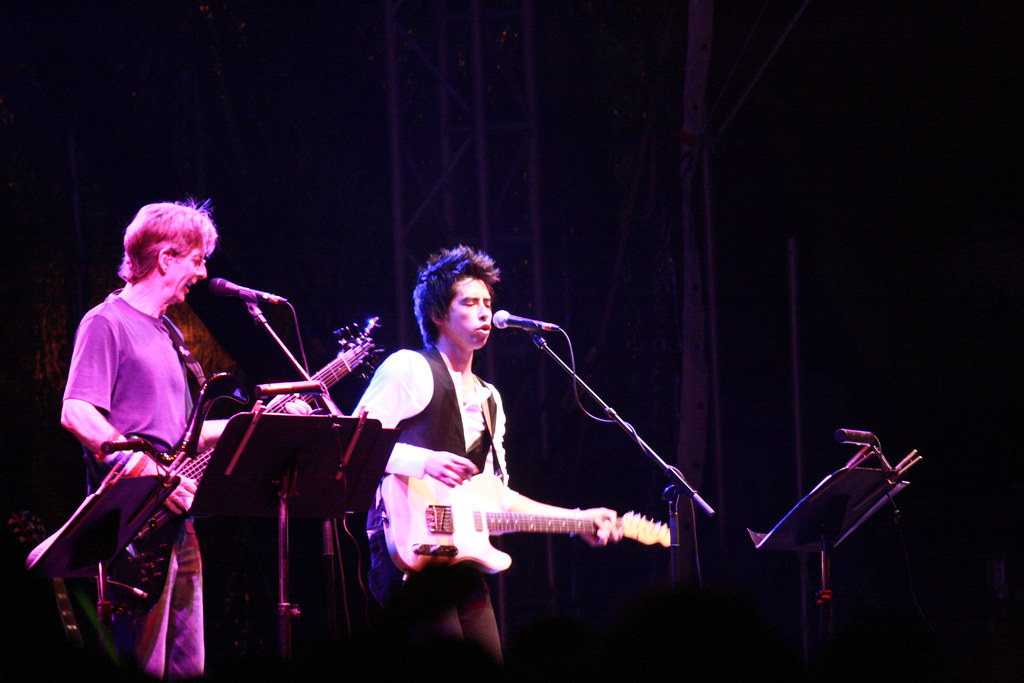
10. **A Brotherhood Remembered: Tributes from Fellow Grateful Dead Members**The passing of Phil Lesh elicited a wave of profound tributes from his surviving bandmates and co-founders, Bob Weir, Mickey Hart, and Bill Kreutzmann, underscoring the deep, familial bonds forged over decades of shared music and experience. Their collective statement captured the irreplaceable void Lesh left behind: “Today we lost a brother,” they shared. “Phil Lesh was irreplaceable. In one note from the Phil Zone, you could hear and feel the world being born. His bass flowed like a river would flow. It went where the muse took it. He was an explorer of inner and outer space who just happened to play bass. He was a circumnavigator of formerly unknown musical worlds. And more.” This poignant eulogy speaks volumes about his unique contribution.
Bob Weir, Lesh’s longtime musical partner, offered a particularly insightful reflection on their artistic collaboration, specifically citing Lesh’s formative influence. Weir recalled Lesh’s role in introducing him to the groundbreaking sounds of John Coltrane, stating, “I developed an approach to guitar playing based off of it. This happened because Phil turned me on to the Coltrane Quartet.” Furthermore, Weir credited Lesh with opening his and the band’s ears to “the wonders of modern classical music, with its textures and developments,” noting how they attempted to incorporate these complexities into their own offerings. This intellectual curiosity and shared exploration were the bedrock of their enduring dialogue, as Weir eloquently concluded, “Our conversation and interaction will last, at very least, ‘til the end of my days.”
Fellow drummers Bill Kreutzmann and Mickey Hart also shared deeply personal sentiments. Kreutzmann fondly remembered Lesh as more than just a bandmate, saying, “He wasn’t just like a brother to me – he was like an older brother. A roommate. A bandmate. A mentor.” He powerfully summarized Lesh’s impact: “Phil changed my life.” Mickey Hart, who joined the Grateful Dead in 1967, echoed this sentiment, describing Lesh as “bigger than life, at the very center of the band and my ears, filling my brain with waves of bass.” Hart characterized Lesh as “an improvisationalist” who “taught me, all of us,” highlighting how their collective journey felt like “all those years we all rode the third rail together creating something that cannot be defined in words.”
Even from beyond the veil of time, the official social accounts dedicated to Jerry Garcia, the late frontman, offered a moving testament to Lesh’s profound legacy. They stated that Lesh’s “life’s work is a beacon for all of humanity and will continue to guide countless generations of musicians into the backbone of the beat,” acknowledging that “there are no words to fully express the impact he made with his music and his incredible mind.” These tributes collectively paint a portrait of Phil Lesh not just as a musician, but as a guiding force, a brother, and an integral part of a shared, monumental creative journey.
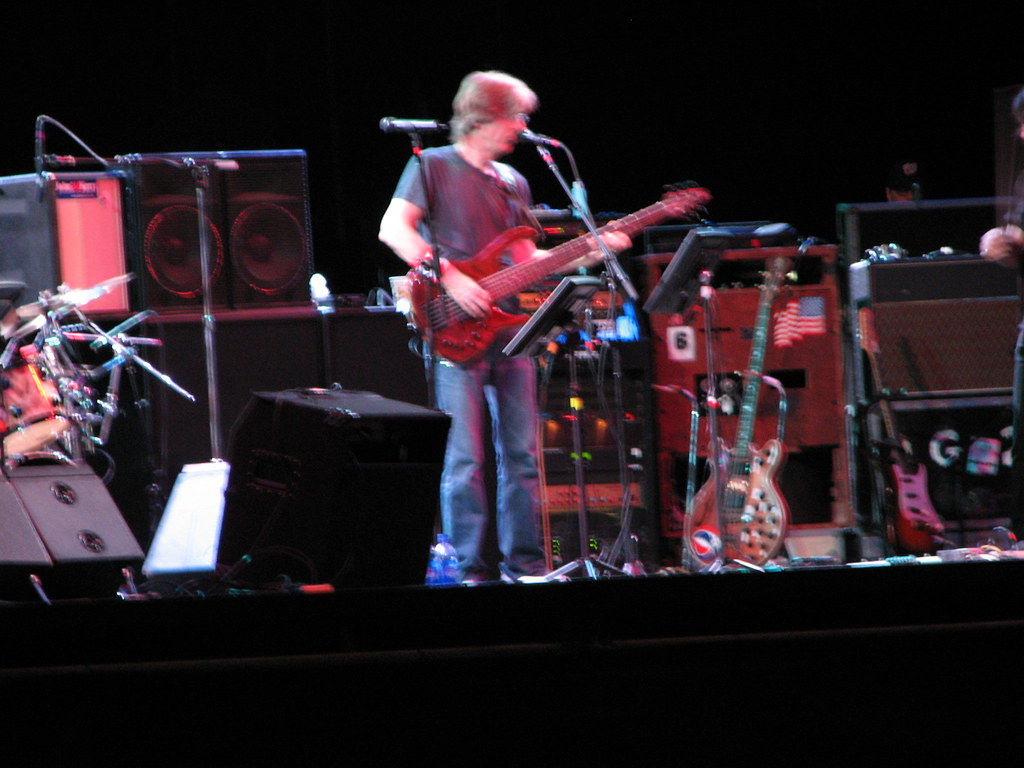
11. **The Reverence of Peers: Impact on Other Musicians**Phil Lesh’s influence stretched far beyond the confines of the Grateful Dead, leaving an indelible mark on a diverse array of musicians across genres and generations. His revolutionary approach to the bass, treating it as a lead melodic instrument rather than just a rhythmic anchor, earned him the profound respect and admiration of some of music’s most discerning artists. This widespread reverence speaks volumes about his singular talent and inventive spirit.
One of the most notable tributes came from none other than Bob Dylan, a connoisseur of musical innovation, who lauded Lesh in his 2022 book, “The Philosophy of Modern Song.” Dylan’s assessment was unequivocal: “Lesh is one of the most skilled bassists you’ll ever hear in subtlety and invention.” This commendation from such an iconic figure highlights Lesh’s mastery of his craft and his ability to push instrumental boundaries, earning him a place among the elite figures of modern music.
The jam band Phish, widely acknowledged as spiritual descendants of the Grateful Dead, also articulated Lesh’s profound impact. Trey Anastasio, Phish’s guitarist who had the honor of joining the Grateful Dead for their final shows in 2015, reflected on Lesh’s early influence, stating, “He transformed how I thought about music as a teenager.” Anastasio cherished his personal and musical connection with Lesh, recalling “countless memories of standing in awe, listening to his winding, eloquent bass lines blending seamlessly with Jerry and Bobby’s guitars.” He also remembered Lesh as an “astounding musician” and “truly kind and wonderful man,” cherishing memories of playing with him and sharing personal moments.
Phish’s bassist, Mike Gordon, further underscored Lesh’s monumental contribution, recognizing him as “a profound influence on all of us.” Gordon praised Lesh’s distinctive sound, noting that “Phil’s tone was both beautiful and unprecedented,” placing his contribution “at the pinnacle of that magic” which made the Grateful Dead uniquely moving. Gordon also shared a poignant anecdote from a conversation with Lesh, where the late musician expressed his expectation that the Grateful Dead’s music would endure “for centuries,” a belief that Gordon wholeheartedly affirmed, confident that Lesh’s legacy will continue to inspire generations to come.

12. **The Global Stage: Posthumous Honors and Recognitions**The immediate aftermath of Phil Lesh’s passing saw an outpouring of tributes and honors from around the globe, transforming city skylines and institutional accolades into a collective commemoration of his immense cultural impact. These recognitions transcended musical circles, affirming Lesh’s status as a true icon whose influence reverberated through various facets of society.
Symbolic gestures illuminated the reverence for Lesh’s legacy. On the Friday of his passing, the Empire State Building in New York City glowed in vibrant tie-dye colors for an hour, a visual homage to the psychedelic aesthetic he helped define. Similarly, San Francisco City Hall was lit in his honor overnight, with Mayor London Breed acknowledging him as “more than a bassist — he was a San Francisco icon who helped define an era and shape the world of music.” Even Chicago’s Soldier Field, the hallowed ground where the Grateful Dead played their final show with Garcia in 1995, shared a simple yet powerful message: “Thank you for the memories, Phil.”
The Recording Academy, recognizing the Grateful Dead’s lasting significance, had already named them the 2025 MusiCares Persons of the Year just two days before Lesh’s death. This honor, set to be celebrated at a gala on January 31, 2025, acknowledges the band’s philanthropy and cultural impact, with Lesh, alongside Weir, Hart, Kreutzmann, and the late Garcia, chosen as honorees as the band approaches its 60th anniversary. MusiCares further highlighted Lesh’s personal contributions, stating, “As a legendary bassist and founding member of the Grateful Dead, Phil’s distinctive contributions to music, advocacy, and philanthropy leave an enduring impact.”
Further institutional recognition came from the Kennedy Center, which honored the Grateful Dead this year, stating that “for his experimental and unconventional style, Lesh will be remembered as a true musical pioneer.” Beyond formal institutions, prominent cultural figures joined the chorus of tributes. Hip-hop icon Chuck D of Public Enemy succinctly posted, “Phil Lesh kept it going,” while former MTV VJ Martha Quinn captured the collective sentiment of fans, lamenting that “The bear is not feeling much like dancing today. … Thank you for your legacy Phil, you made us feel like we were all your friends.” These widespread honors underscore the profound and multi-faceted legacy Lesh leaves behind, a testament to a life dedicated to artistic exploration and human connection.
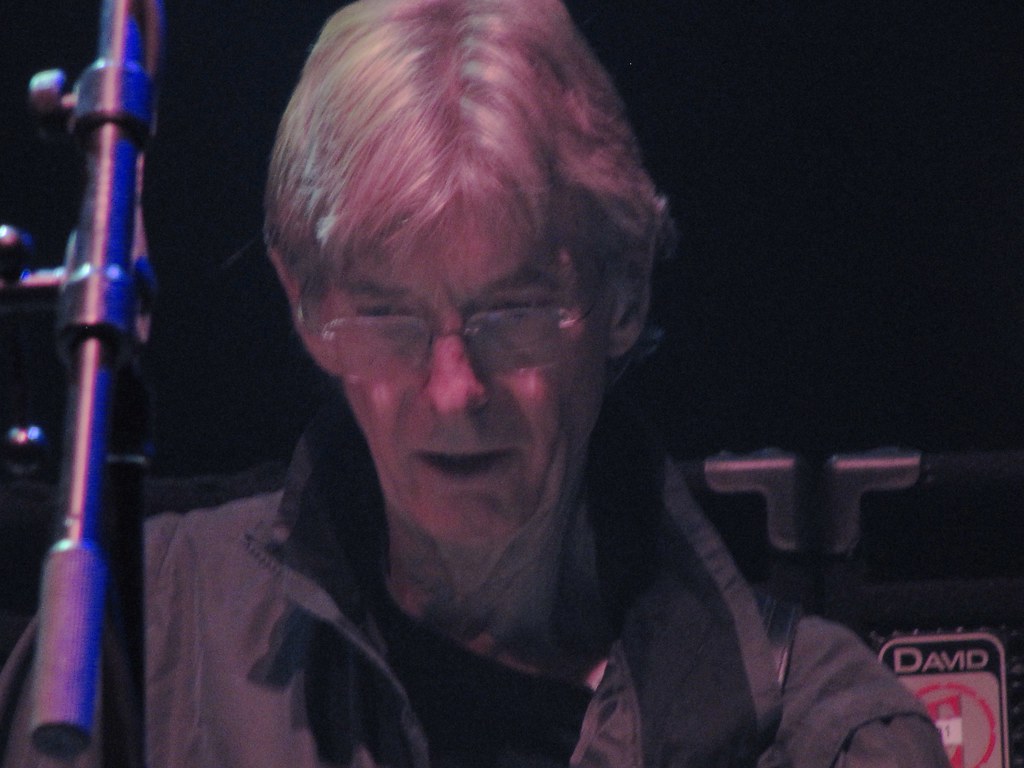
13. **Philosophies of the Phil Zone: Lesh’s Vision for Music and Humanity**Phil Lesh’s contributions extended beyond groundbreaking bass lines and iconic songs; he articulated a profound philosophy about music, performance, and the very nature of human connection. His vision for the Grateful Dead was never merely about entertainment but about creating a communal experience, a dynamic interplay between artists and audience that he believed held deeper, almost spiritual, significance. This expansive worldview was the beating heart of what became known as the “Phil Zone.”
Lesh famously captured this ethos in his introduction to the book “Playing in the Band,” writing, “When the Grateful Dead is happening, it happens to everyone in attendance, band and audience. So in a sense, we’re all playing in the band.” This statement fundamentally redefined the concert experience, transforming passive spectators into active participants and highlighting the symbiotic relationship that fueled their legendary live shows. For Lesh, the music was a collective endeavor, a shared journey where every individual played a crucial part in the unfolding sonic tapestry.
He further expanded on this idea, proposing that the Grateful Dead was “more than music,” serving as “a metaphor for humanity.” Lesh even drew a parallel to Benjamin Franklin’s wisdom, pondering, “Didn’t Ben Franklin say something about hanging together or hanging separately?” This intellectual and philosophical depth underpinned his artistic drive, rooted in an audacious vision he harbored early on for the band: “‘You know, this could be art!’” a sentiment initially met with amusement but which ultimately guided their groundbreaking creative trajectory.
His memoir, “Searching for the Sound: My Life in the Grateful Dead,” further revealed his understanding of the profound intersection of culture and consciousness. Lesh candidly wrote about discovering “instantly that this combination — acid and music — was the tool I’d been looking for,” acknowledging the psychedelic era’s role in shaping their experimental fervor. Ultimately, Lesh hoped that the band’s music would inspire “a certain open-mindedness among musicians, a willingness to take risks, a willingness to experiment. A willingness to juxtapose disparate elements,” ensuring that the spirit of exploration he championed would continue to resonate through future generations.
14. **Family and Legacy: The Man Behind the Music**Beyond the revolutionary musician, the cultural icon, and the philosophical innovator, Phil Lesh was a devoted family man, survived by his wife, Jill, and their two sons, Grahame and Brian. His personal life, particularly his bond with his sons, often intersected with his musical endeavors, underscoring a deep, intergenerational connection to the Grateful Dead’s enduring artistry. This familial continuity provided another layer to his rich and impactful legacy.
Lesh frequently brought his son, Grahame Lesh, onto the stage for performances, a powerful testament to the passing of the musical torch. Grahame Lesh, himself a musician, offered profound insights into the enduring relevance of the Grateful Dead’s extensive catalog. He explained that “great songs do that, no matter what the subject matter or what emotion you’re feeling at the time you find a time to relate them.” He noted that the Grateful Dead’s compositions, however, carried an even more direct resonance, stating, “they also have songs that extremely explicitly sound like they’re talking to you right now.”
Grahame elaborated on this unique connection, referencing iconic Grateful Dead lyrics that became rallying cries for fans. He spoke of how “‘I will get by, I will survive’ obviously became kind of a rallying cry from ‘Touch of Grey’ and ‘One way or another, this darkness has got to give’ from ‘New Speedway (Boogie),’ so I think it’s this mix of things that so explicitly could be related right now mixed with (the fact that) their catalogue is singular, even amongst the extended family repertoire.” For Grahame, performing and singing these songs with his father held a profound significance, marking the continuation of a musical journey that was deeply personal yet universally felt. Phil Lesh’s family remains a vital part of carrying forward the spirit of music and love he so generously shared.
Read more about: Paris: Unraveling the Incredible Story of the City of Light Through Centuries
The passing of Phil Lesh at 84 undoubtedly leaves a void in the pantheon of American music, yet his monumental legacy reverberates louder than ever. He was not merely a bassist but a visionary artist whose courage to explore, innovate, and connect transformed the very fabric of rock and roll. His “Phil Zone” remains a vibrant, boundless space where music and humanity converged, a testament to his belief that we are, in essence, all playing in the band. As his melodies continue to weave through generations, Lesh’s spirit of open-mindedness, risk-taking, and audacious experimentation will forever inspire, ensuring that the Grateful Dead’s soundtrack of counterculture and community plays on, a timeless echo in the vast symphony of human experience.

